What is the tolerance range of precision screws?
What is the tolerance range of precision screws?
Service Hotline
+86760-8787 8587We have more than ten years of production experience in the screw industry, the main products are: car tire nuts, 12.9 cylinder head screws, JB4364 screws, thin fine pitch hexagon nuts, butt-locking screws GB873 large flat head rivets, double-pass flat head plastic support column, GB818 Round head bolts, bulk wholesale nuts, self-tapping screws and bolts, internal card gaskets, pressure riveting parts BSO3, color plated washers, wood inlaid nuts, galvanized hexagonal flange nuts, flat key carbon steel and other fasteners, due to the product material Different specifications and different prices, please contact us if necessary.


The circlip is a common limiting element in the mechanical field, which is mainly used to limit the axial limit of mechanical parts. At present, the common circlips on the market are all circular rings with an opening. The circular ring has a certain elastic deformation capacity. When in use, the circlip can be detachably assembled to the mechanical on the part. However, the defect of the circlip adopting the one-piece ring is that the circlip is easily broken when frequently disassembled and used, and the service life is short.
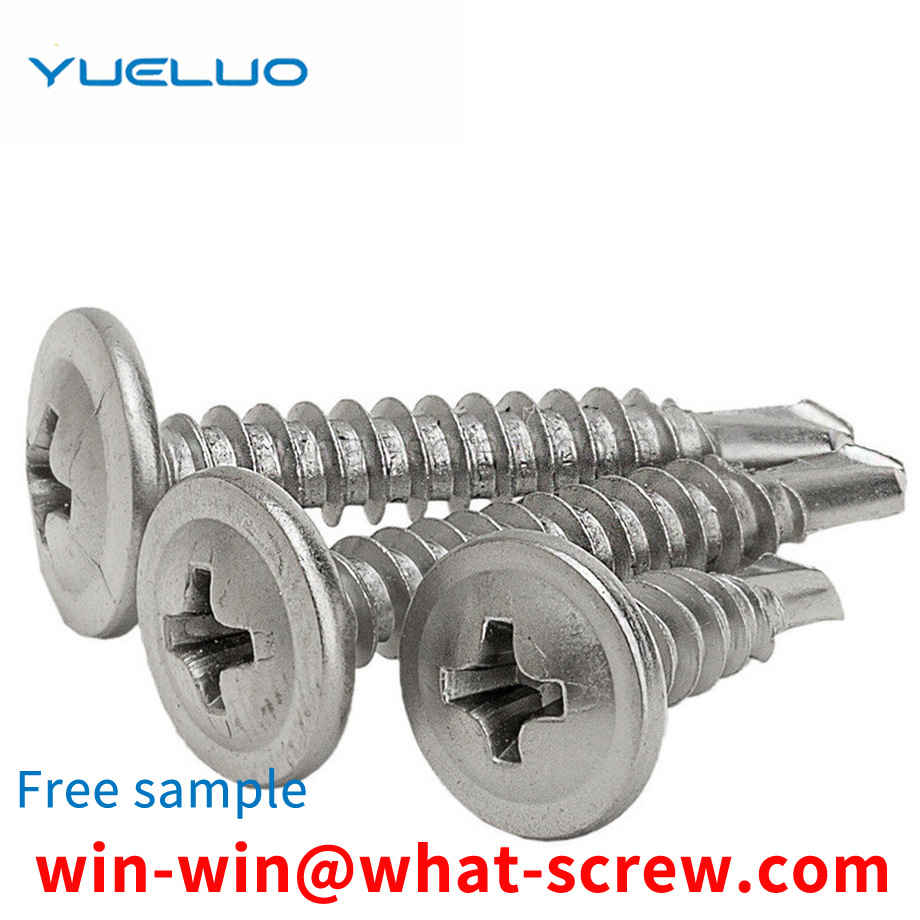
Flat washers are frequently used in mechanical connections. They are usually placed between the nut or screw head and the connected parts to prevent the screw or nut from loosening during use. The upper and lower end faces of conventional flat gaskets are mostly smooth planes, with a single structure and poor compressive capacity. When assembled with a nut or screw, the pressure on the flat washer is increased, and when it is closely rubbed with the nut or screw, it is prone to breakage, which greatly affects the quality of the product.
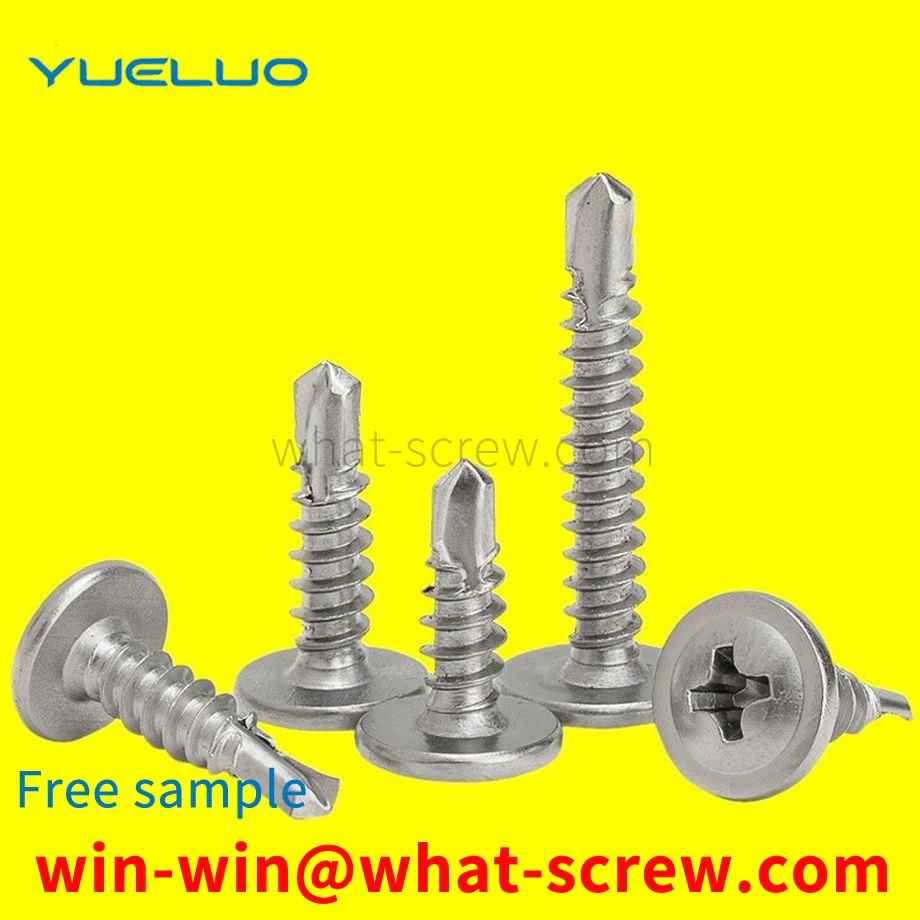
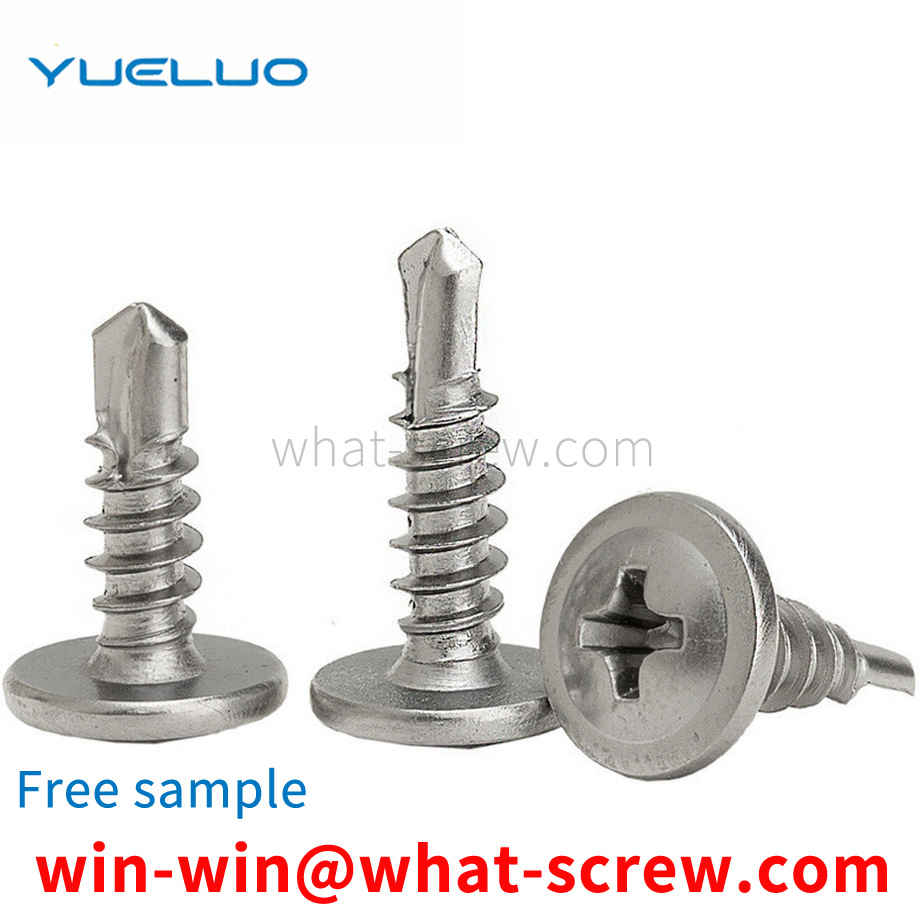
Two-combination screw refers to a screw and a flat washer, or a spring washer, or a square washer, or a two-piece combination with an external tooth lock washer. Then there are all the standard types of two combination screws! The following is a brief introduction: 1. The second combination screw with spring washer refers to the combination screw with a spring washer. The spring washer is a spring washer specially used for combination screws, not the ordinary spring washer that we usually use. 2. The two-combination screw of the trim pad refers to the combination screw of the screw with a flat pad. The size of the flat pad and the thickness of the flat pad can be customized. Can be customized according to customer requirements. Flat pads are punched out by punching machines. 3. The combination screw with two external teeth refers to the screw with an external tooth combination screw. Many customers, especially electric power customers, use this external tooth two combination screw to break the paint and make the screws on the iron plate. All can be powered on. 4. Two combination screws with a square pad refer to a square pad with a square pressure line for the screw. This square pad crimping two combination screw is used on the terminal, and the function is used for crimping and wiring.
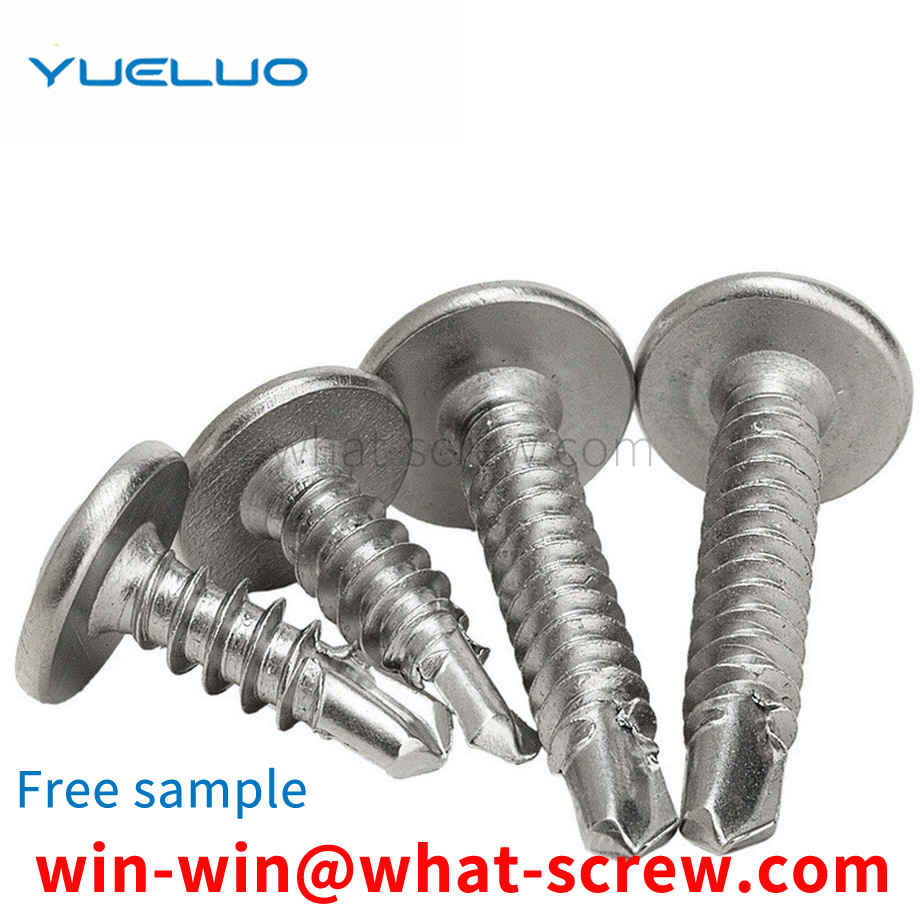
When using screws, if you can understand the mechanical properties of screws first, then you can use screws better. Different types of screws have different mechanical properties, and the different mechanical properties lead to different occasions when screws are used. 1. Self-tapping screws: mechanical performance requirements 1. Heart hardness: standard value HRC28-38. When testing, take the section 1-2 times the diameter of the name from the tail. If the length of the name is too short, it can be embedded first, and then the hardness is measured. 2. Surface hardness: standard MIN HV450. 3. Carburized layer: standard 4#-6#: 0.05-0.18mm, 8#-12#: 0.10-0.23 mm, 14#: 0.13-0.28 mm. The main purpose of carburizing is to enhance the surface hardness and ensure the strength of the teeth. If the decarburization is too deep and the carburization is insufficient, the strength of the teeth will not meet the requirements, that is, the teeth will be damaged during the screw-in test. 4. Torque: standard specification 4#5#6#7#8#10#12#14#A tooth 14212835455696145AB tooth 142128354565102165. 5. Screw-in test: screw the self-tapping screw into a steel plate with a reserved test hole. The self-tapping screw should form a matching thread in the test plate, and the thread of the screw itself will not be deformed or damaged until the end. Tapered threads pass completely through the test plate. The screw-in test is only applicable to AB, B, BP and other types of self-tapping screws. It is stipulated in IFI that the test plate shall be prepared from semi-hard low-carbon cold-rolled steel, and the hardness of the steel plate is 70–85HRB in Rockwell. The standard specification of the steel plate, that is, the thickness, is shown in the table below. The test hole should be punched or drilled, and the tolerance is the specified nominal diameter (see the table below) ± 0.025mm. Specifications 6#7#8#10#12#1/4 Test plate thickness (mm) 1.85-1.953.12-3.234.68-4.84 Aperture (mm) ±0.0252.953.263.454.044.765.50.

The above content is uploaded by Yueluo or the Internet. If there is any copyright issue, please contact [email protected].

What is the tolerance range of precision screws?

How to choose the right stainless steel screw manufacturer?

Why is there an R angle under the head of the hexagon head s...
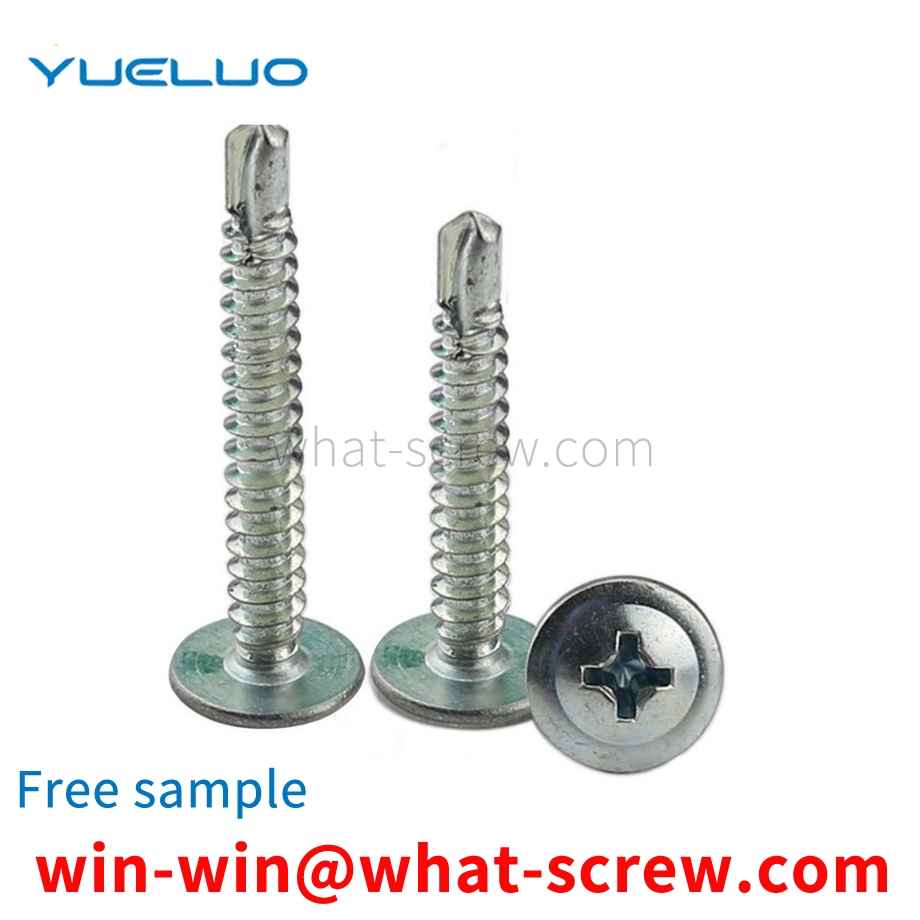
We have more than ten years of screw industry production exp...
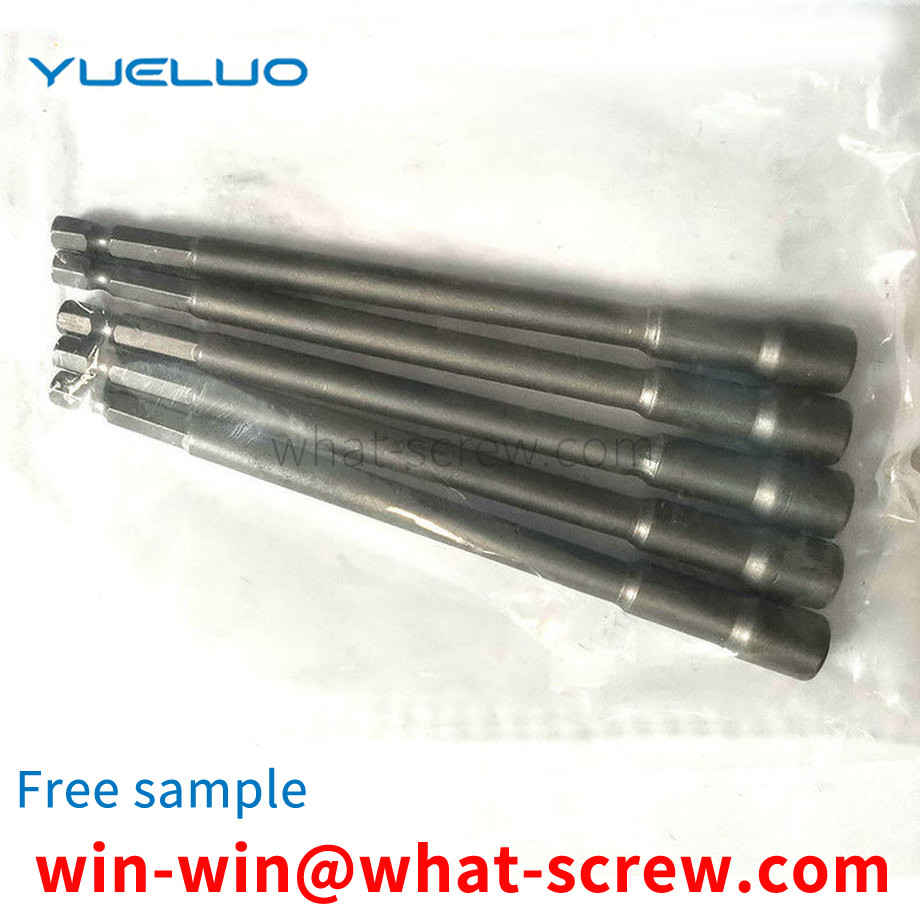
We have more than ten years of experience in the production ...
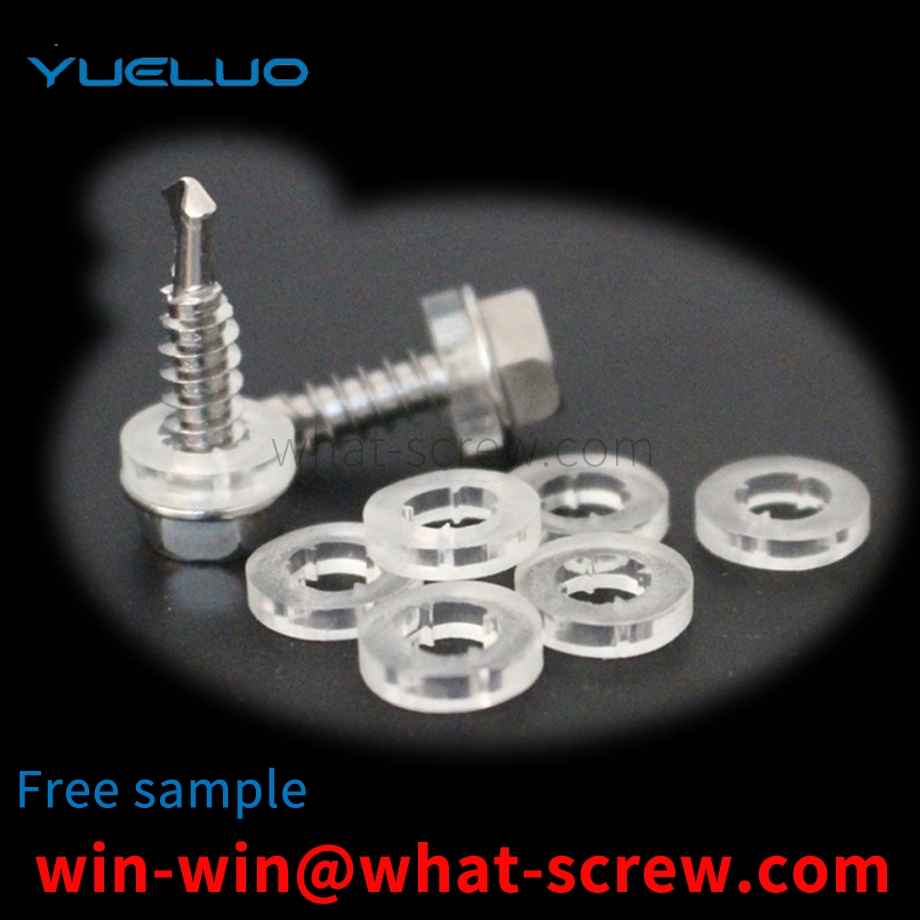
We have more than ten years of production experience in the ...
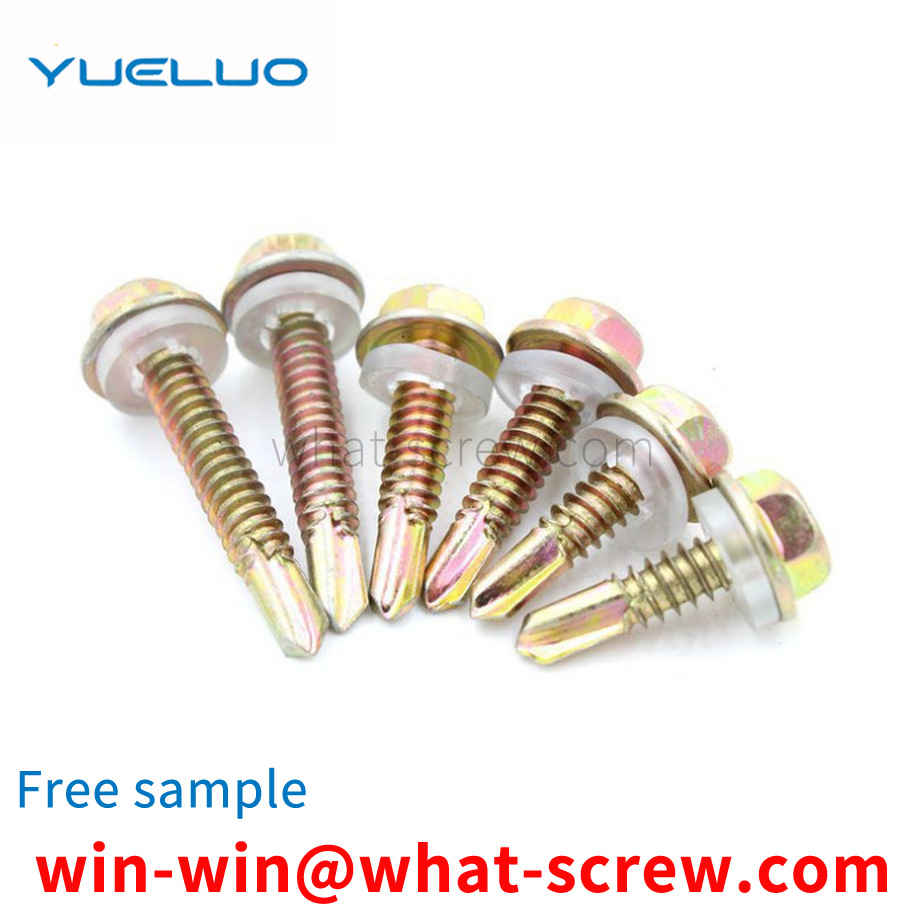
We have more than ten years of experience in the production ...